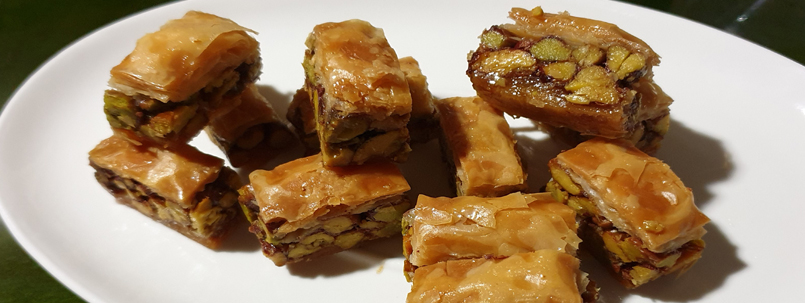8 Traditional Ramadan Desserts from Around the Arab World
Ramadan is not just about fasting; it is also about coming together with family and friends for iftar. And what’s iftar without something sweet to round off the meal? Across the Arab world, Ramadan desserts are a highlight — rich, flavorful, and deeply rooted in tradition. Whether you’re enjoying baklawa in Lebanon or kunafa in Egypt, each dessert tells a story of culture and heritage.
At Eton Institute, we believe learning a language is also about embracing its culture. That’s why in addition to our Arabic language courses, we encourage learners to explore the traditions that make Ramadan so unique.
2. Ma’amoul (معمول)
These shortbread cookies are filled with dates, pistachios, or walnuts and scented with rose water. Popular in Lebanon, Syria, Jordan, and Palestine, ma’amoul is baked in large batches during Ramadan and Eid.
👉 Also check out: 7 Traditional Iftar Foods from Around the Arab World
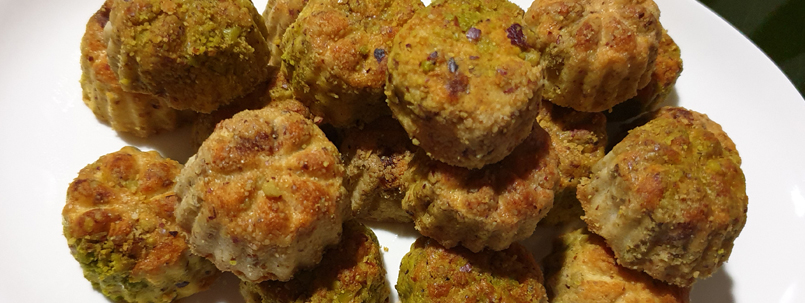
3. Luqaimat (لقيمات)
Golden, crispy dumplings on the outside and soft on the inside, luqaimat are a Ramadan must-have in the UAE, Saudi Arabia, and Gulf countries. They’re drizzled with date syrup or honey and shared as a family favorite after iftar.
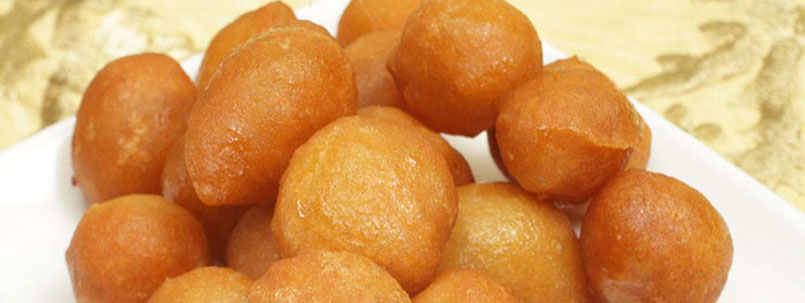
3. Luqaimat (لقيمات)
Golden, crispy dumplings on the outside and soft on the inside, luqaimat are a Ramadan must-have in the UAE, Saudi Arabia, and Gulf countries. They’re drizzled with date syrup or honey and shared as a family favorite after iftar.

The famous Middle Eastern semolina pancakes – a traditional dessert from Jordan, Syria, Lebanon, Palestine, and Egypt. Qatayif or atayef (Levantine dialect) is one of the many Ramadan desserts to watch out for!
They resemble pancakes (qatayif asafiri) and are either filled with cream, custard or cheese … mmmm! The deep-fried version is usually stuffed with chopped nuts then soaked with syrup.
Facts:
The word “qatayif” is derived from the Arabic verb “qataf” which means pick-up. So, it literally translates to “picked bites” …you get the picture, small yummy bites that are easily picked and devoured
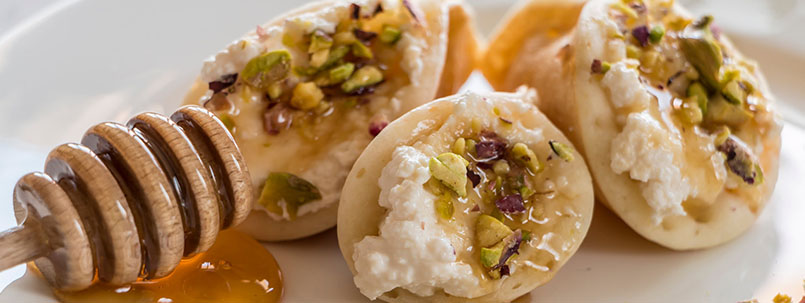
5. Oum Ali (ام علي)
Known as Egypt’s bread pudding, Oum Ali is prepared with puff pastry or croissants, nuts, raisins, and milk. Its comforting taste makes it one of the most famous Ramadan desserts in North Africa.
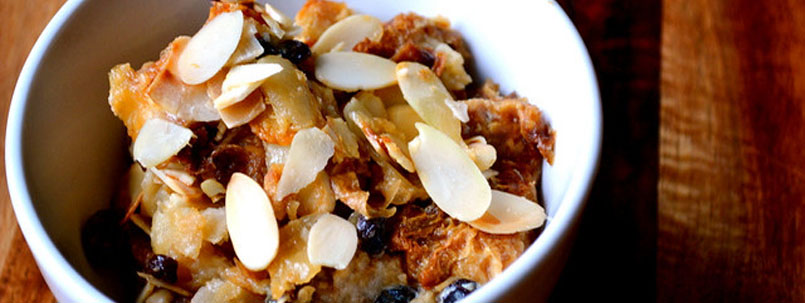
6. Basbousa (بسبوسة)
Basbousa/Hareesa/Namoura – the many names of basbousa! This heavenly semolina cake is a popular Ramadan feature of Arab cuisine.
It’s often known as “hareesa” in the Levant region and the city of Alexandria in Egypt (not to be confused with the authentic Emirati Harees dish). In Tunisia, on the other hand, it’s called “hareesa helwa” (helwa means sweet in Arabic).

7. Halawet El-Jibn (حلاوة الجبن)
You’ll literally have a major crush on this one because halwet el-jibn for dessert is an absolute treat! The creamy bundle of deliciousness is a traditional mouth-watering Syrian/Lebanese dessert made from rolls of soft, sweet semolina and cheese dough filled with cream. It’s just pleasantly cheesy!
Facts:
- In Arabic, halawa means sweet/sweetness/confection and jibn means cheese
- Halwet el jibn originated in the Syrian city of Hama
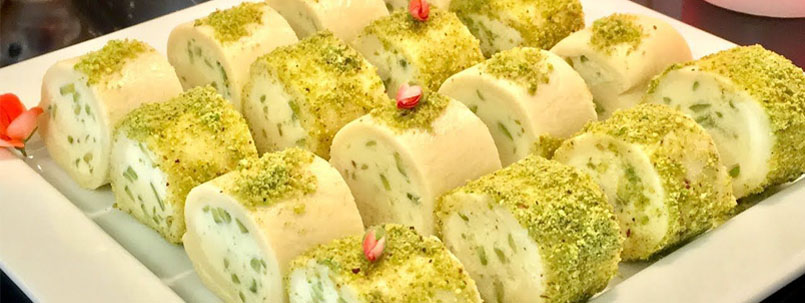
8. Kunafa (كنافة)
Saving the best for last! The “queen” of Middle Eastern desserts; *insert heart eyes emoji* kunafa is yet another family after-iftar meal favorite and …umm well, a craving of the day. This gooey yummy-ness is a month of Ramadan tradition. It’s made of shredded phyllo dough (it looks like thin noodles), classically stuffed with fresh clotted thick cream (ashta/qishta) and cheese …and of course, drizzled with sugar syrup/honey.
There are a lot of spelling variations for kunafa: kunafah kanafe, knafeh and so on. It really depends on the Arabic dialect a person speaks.
Oh, and by the way, some of the best kunafas are found in Turkey today where it’s served with ice cream …tempting enough? Greece has also adopted this legend dessert from Turkey.
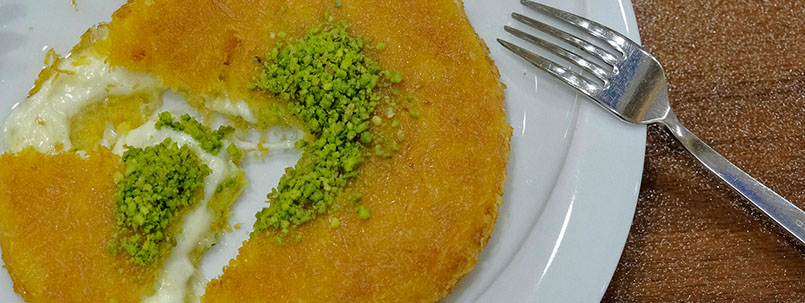
Why Ramadan Desserts Matter
Desserts like these are more than food — they are cultural traditions that bring families together. For language learners, understanding food is an important gateway to understanding culture. If you’re curious about Arab traditions, explore them through our Arabic courses and cultural workshops.

